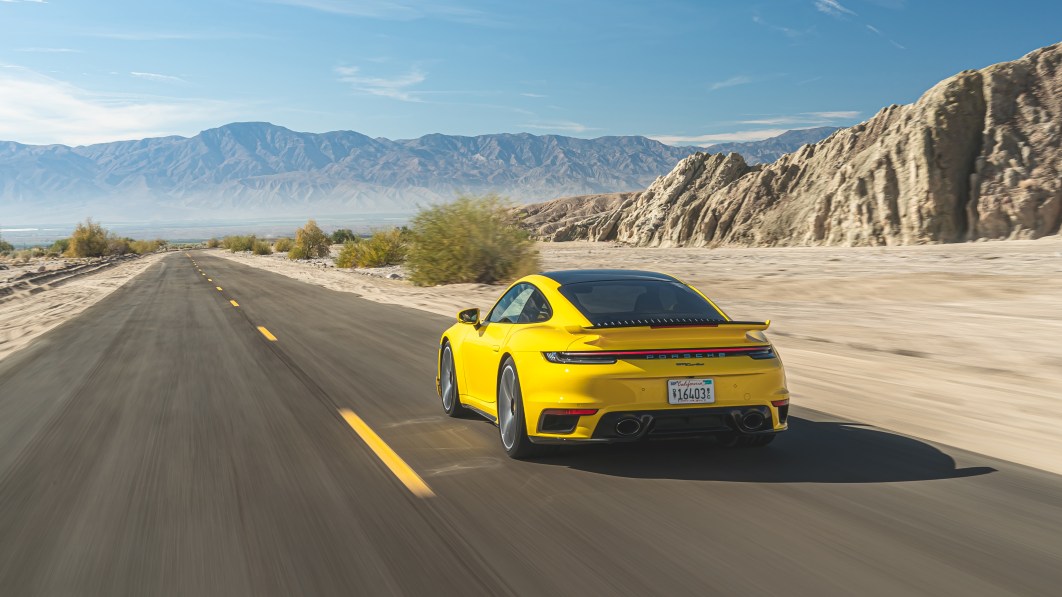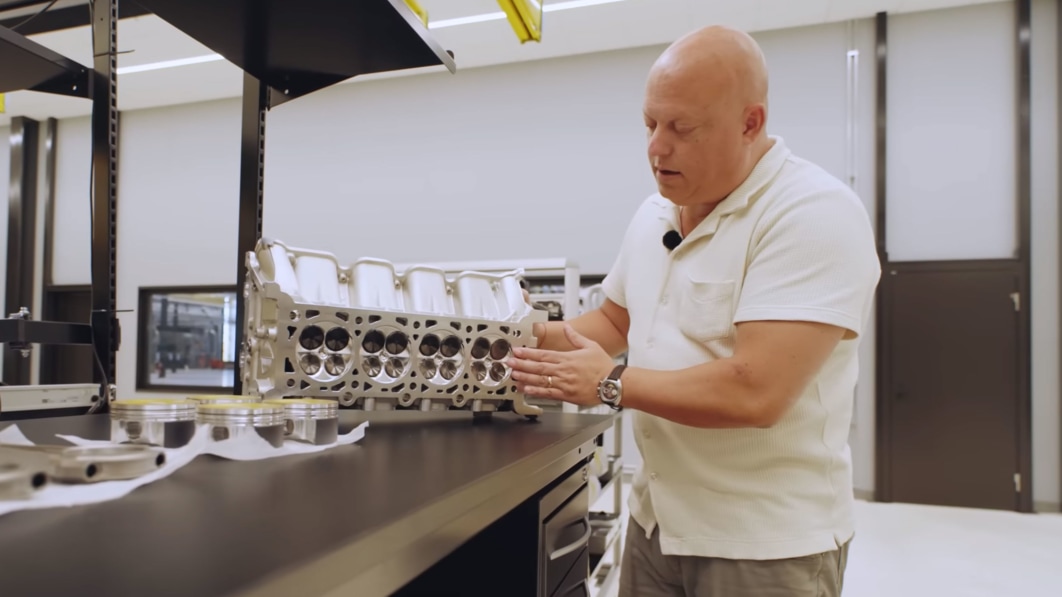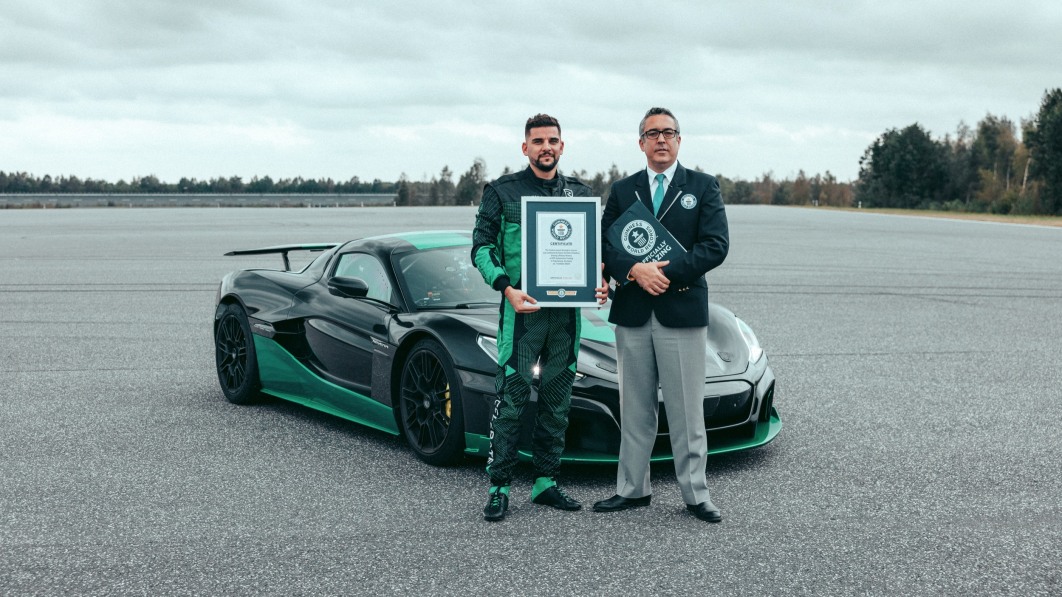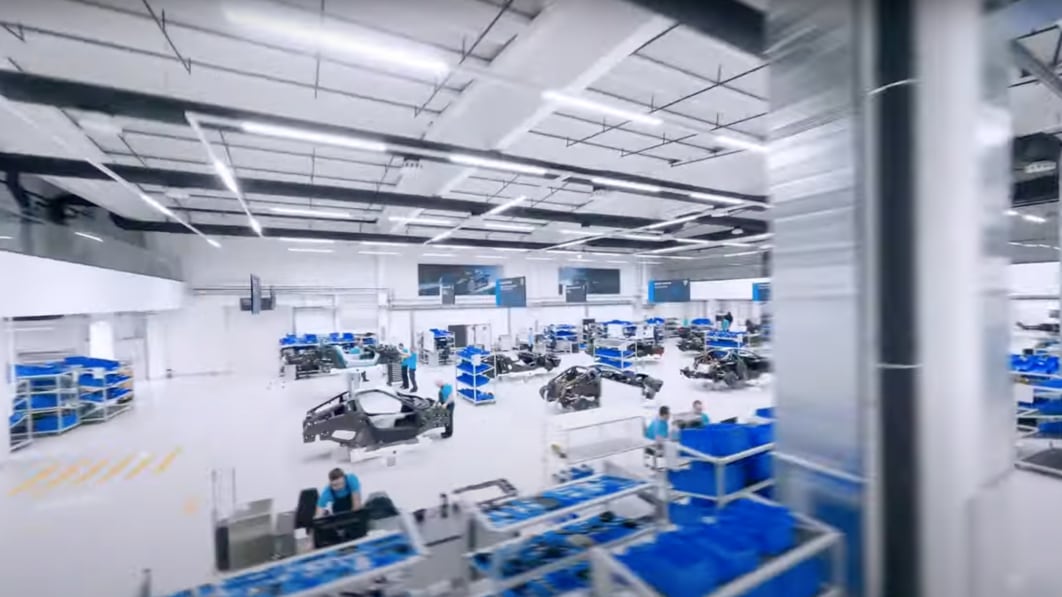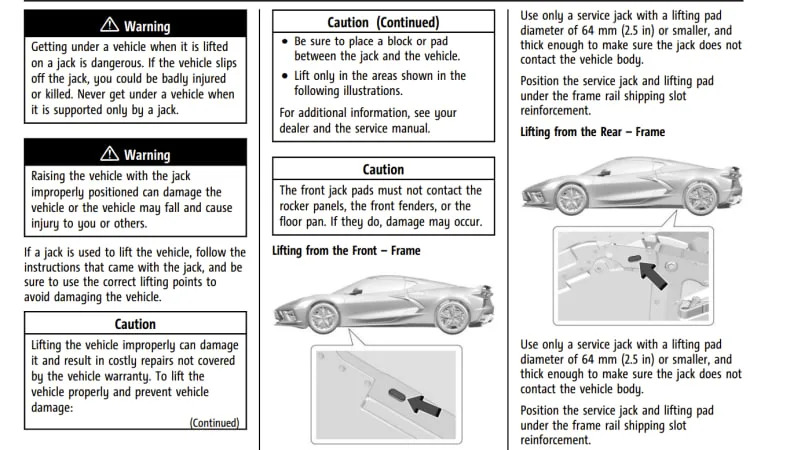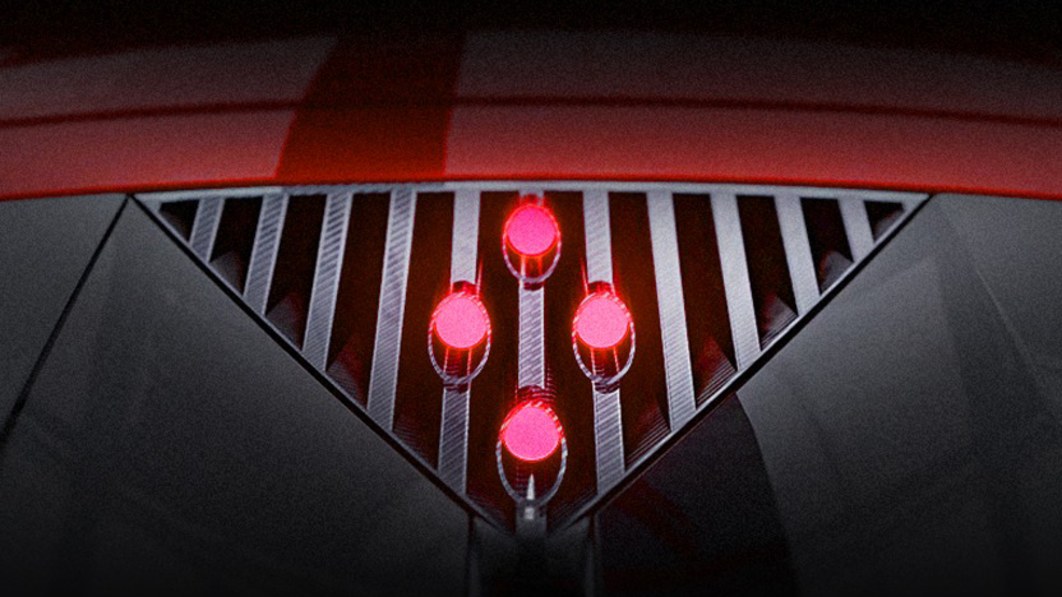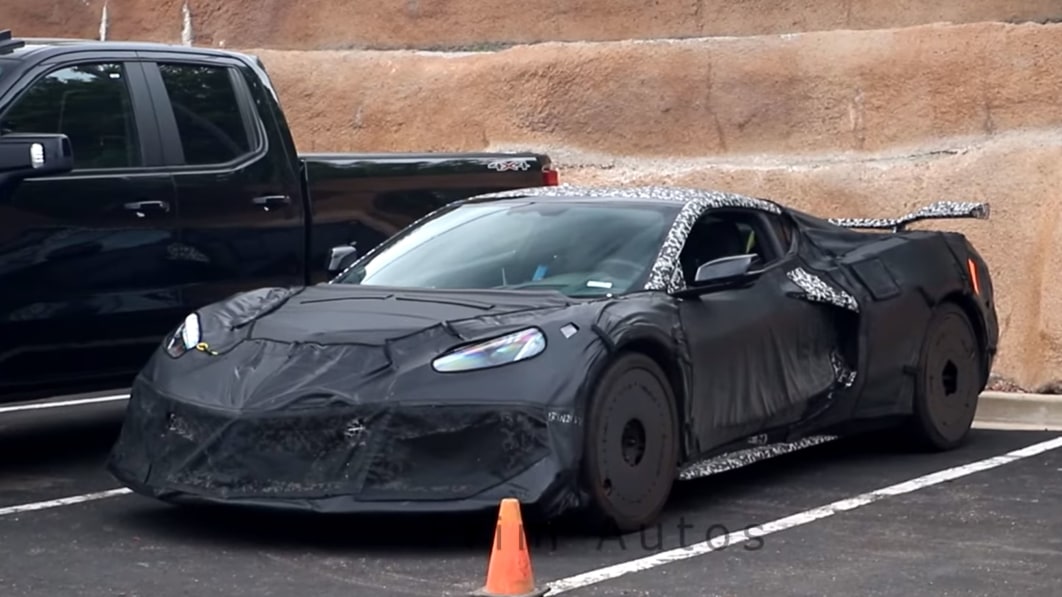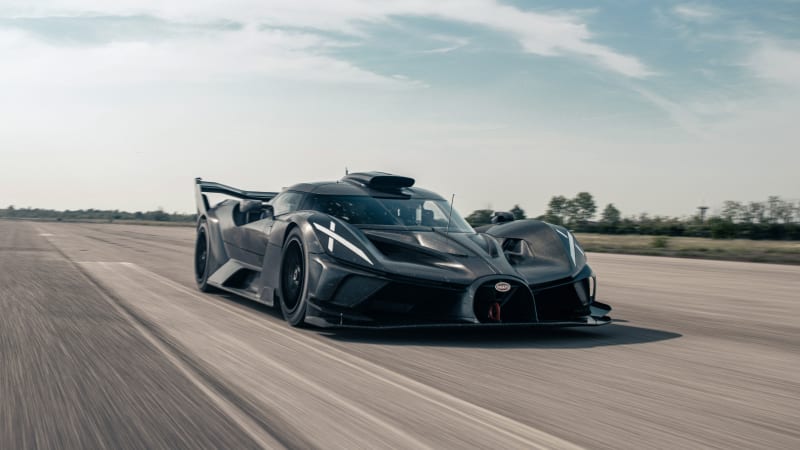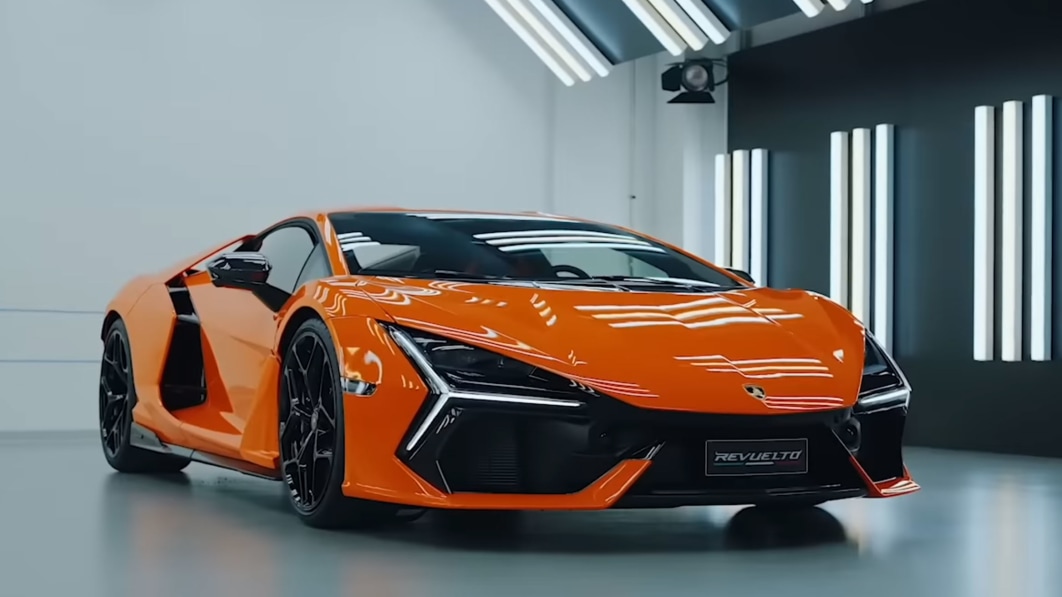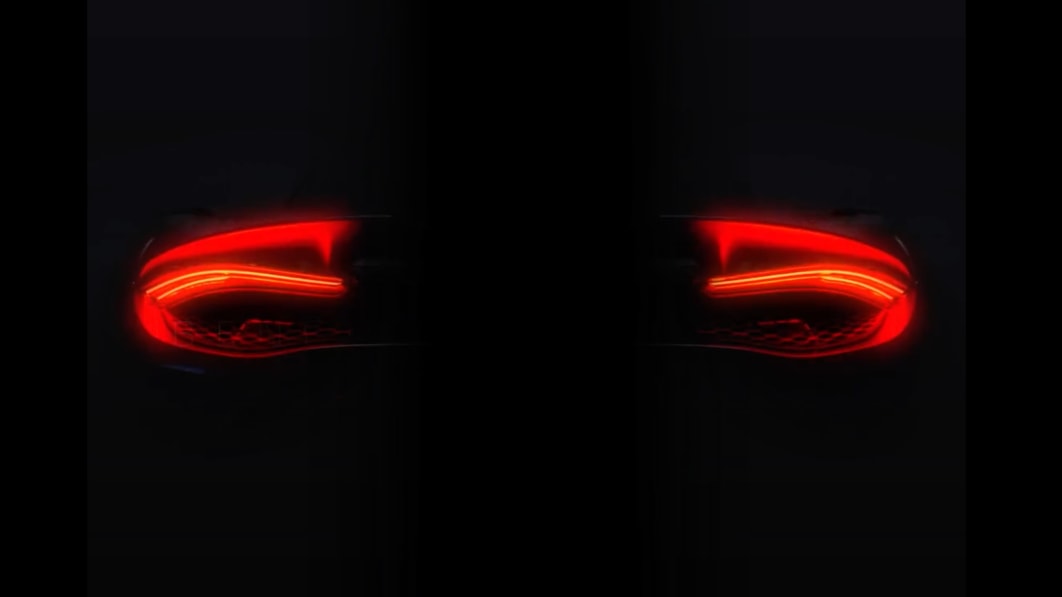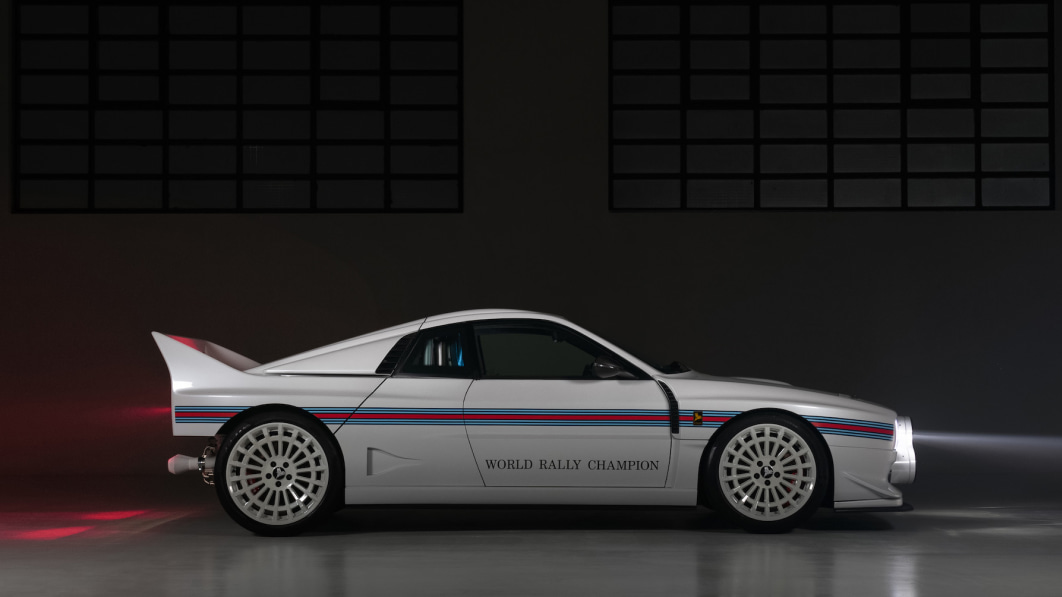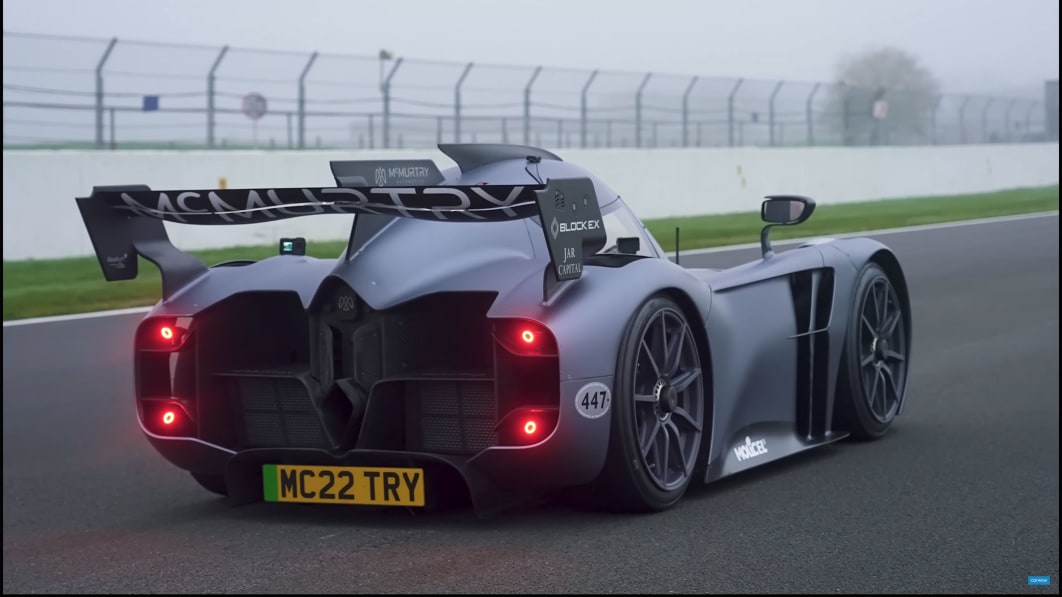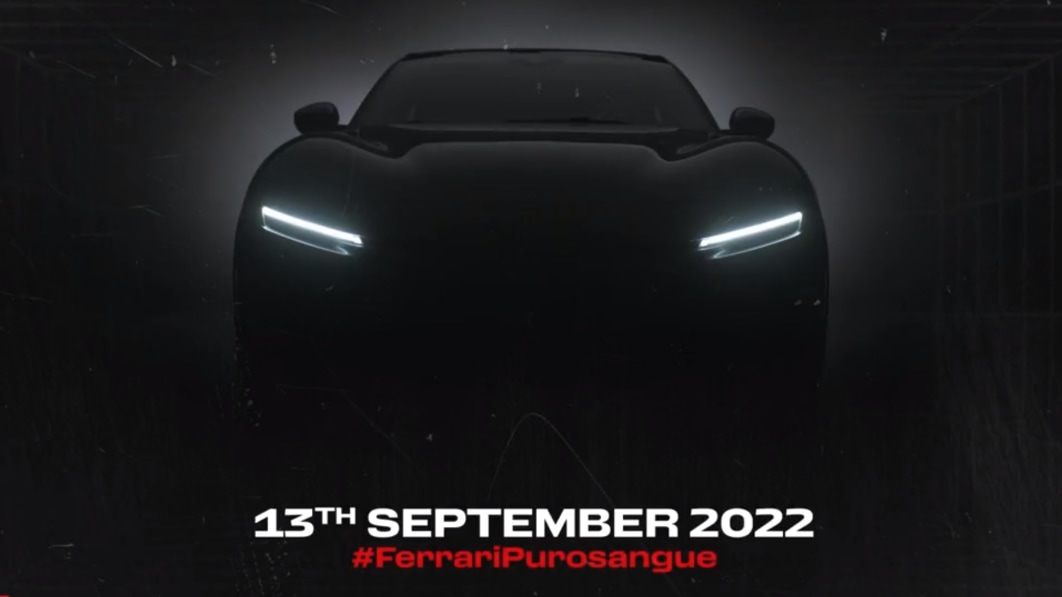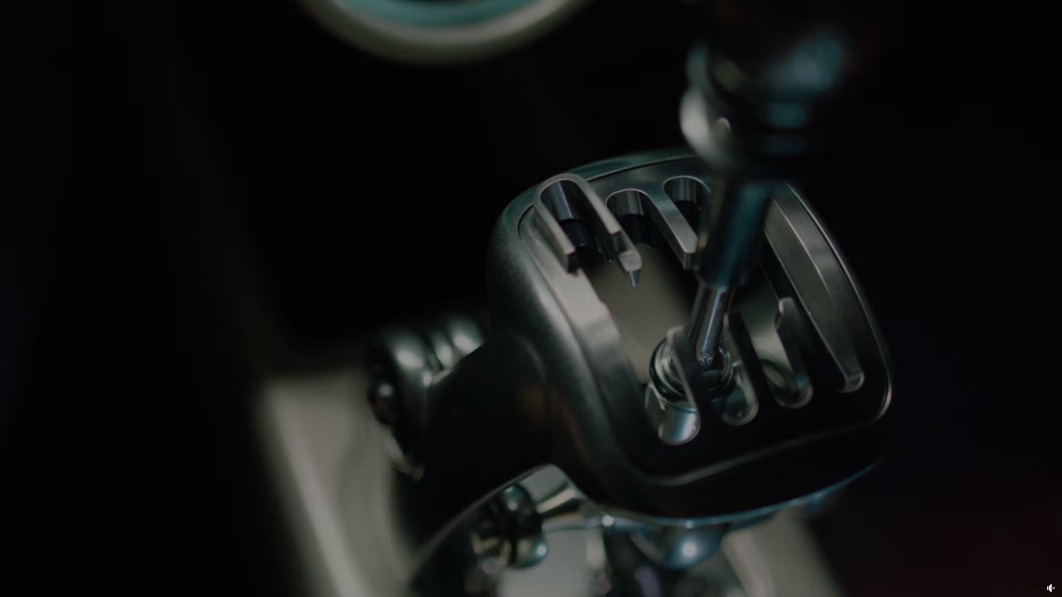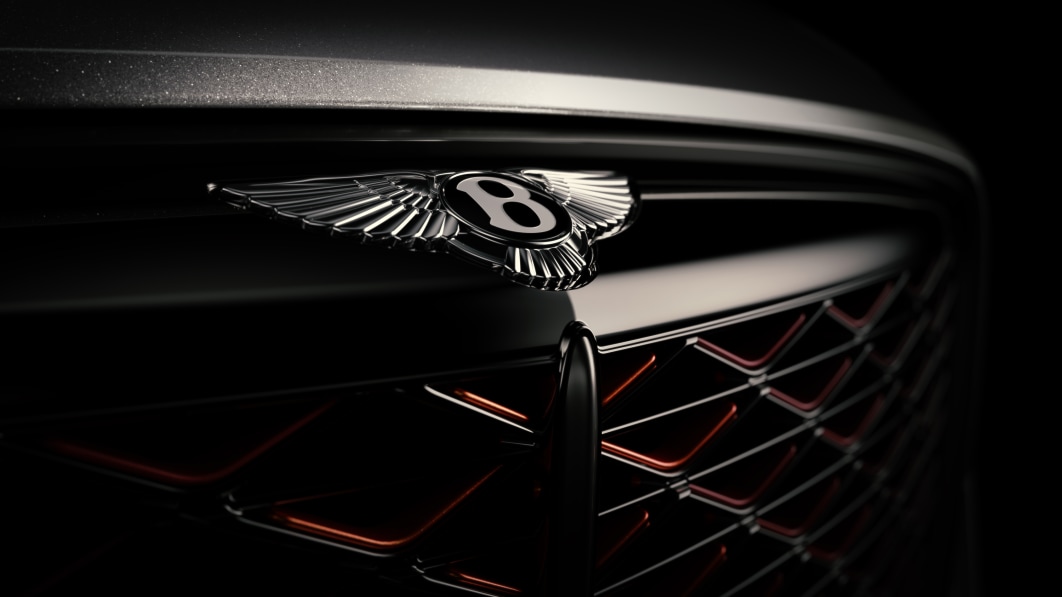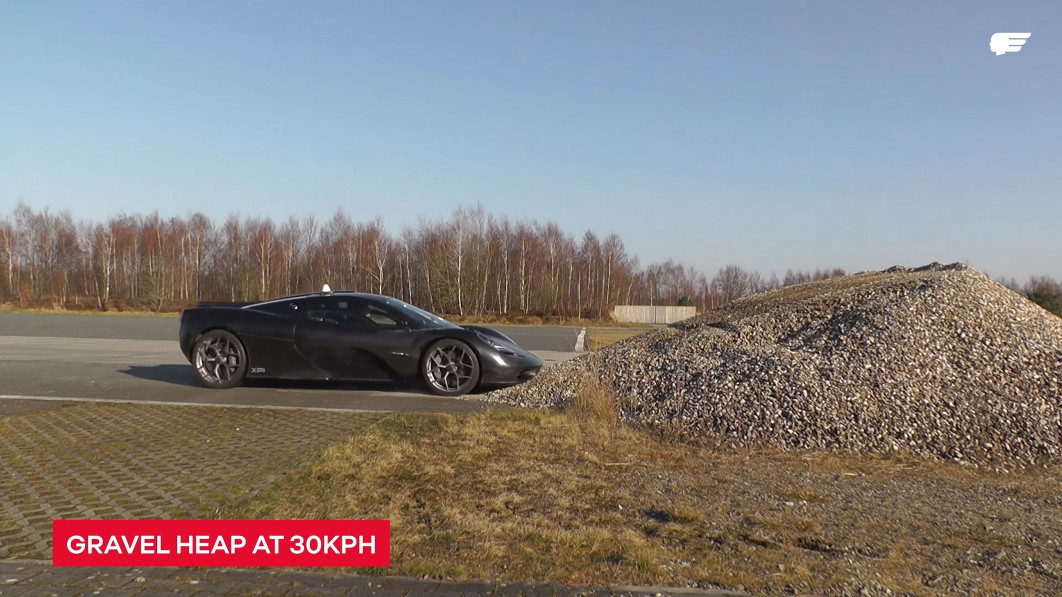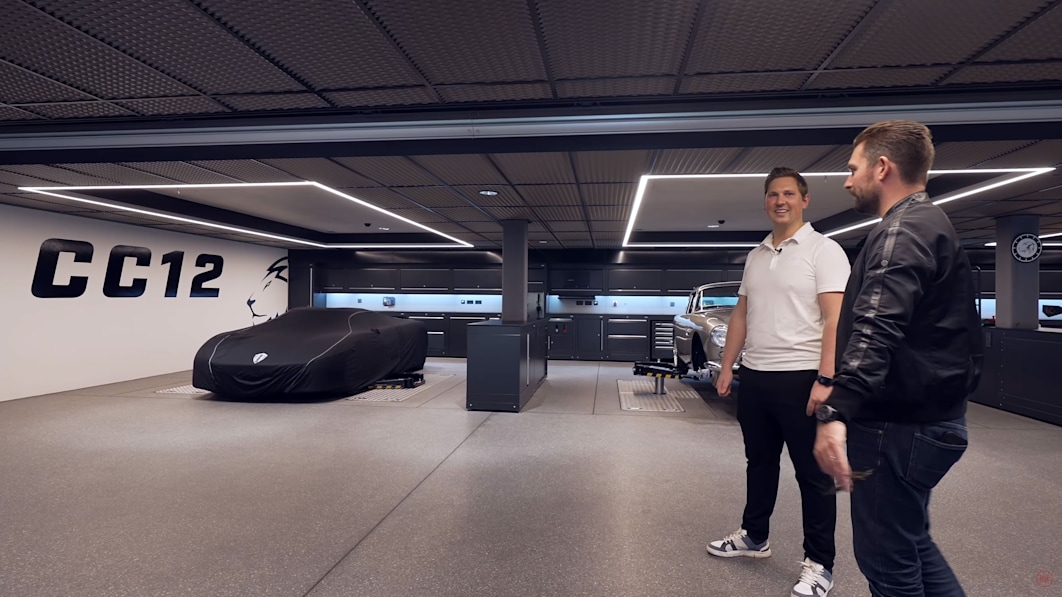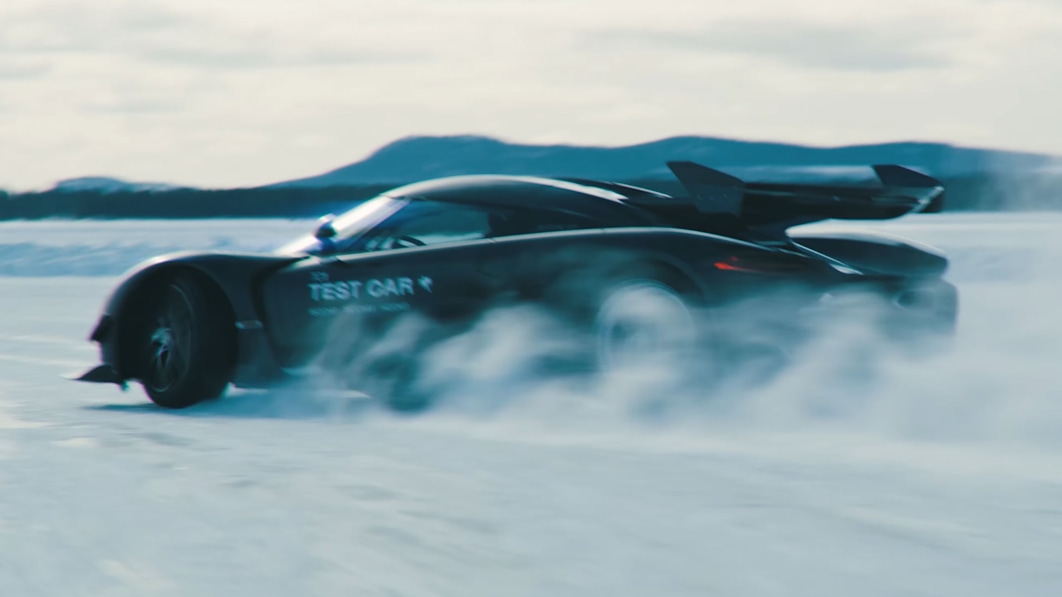President Biden says he took a Porsche up to 171 mph
President Joe Biden went on Conan O’Brien’s podcast, “Conan O’Brien Needs a Friend,” recently, and he had a lot to say about cars. There’s plenty to unpack from the clip that you can watch above, but at one point he mentions that he recently took a Porsche up to 171 mph on the Secret Service’s private test track. Now that’s the kind of gearhead stuff we like to hear from politicians!
“I got a Porsche up to 171 mph,” Biden says while explaining how launch control works to O’Brien. Biden didn’t specify which Porsche model he was driving, but we’d bet it’s likely a 911. Of course, plenty of other Porsches are capable of 171 mph, so we don’t really know, but if any White House correspondents are reading, we wouldn’t mind if you asked Biden next time you see him.
In addition to Biden enjoying a Porsche at high speed, he said that he’s done the same with his 1967 Chevrolet Corvette, reaching 132 mph on the Secret Service airstrip test track. Biden even said that Jay Leno offered to buy his Corvette from him at one point for $144,000, but that he had to turn him down.
“They take me out to the Secret Service test track, which is an old runway. I got my Corvette up to 132 mph. It’s only a 327,” Biden remarks to O’Brien.
And speaking of Corvette news, we’ve already heard Biden spill the beans once on this topic, but yet again he makes the claim that an electric Corvette is on its way, and says it will do the 0-60 mph run in 2.9 seconds. That’s what the gasoline-powered C8 Stingray will do now with the performance exhaust, but we’re betting an electric Corvette would obliterate that time and be somewhere in the 2.0-2.5-second range.
It wasn’t just an electric Vette that Biden took to talking about, though, as he also claims to have driven an electric Ford Bronco.
“Oh and by the way, I drove one of those big Ford Broncos, electric. 4.9 seconds. Mine is 5.2,” Biden says making the comparison to his old Corvette.
We’re not exactly sure what he means by claiming to have driven an electric Ford Bronco. Such a vehicle does not exist from Ford currently, but there are restomods of original Broncos converted to electric power. There’s also the vague possibility that Biden has some inside scoop from Ford execs about future products, but it’s unclear from the interview. Regardless of the product implications, watching President Biden talk cars with O’Brien is an entertaining watch, so make sure you check out the video at the top of this post.

